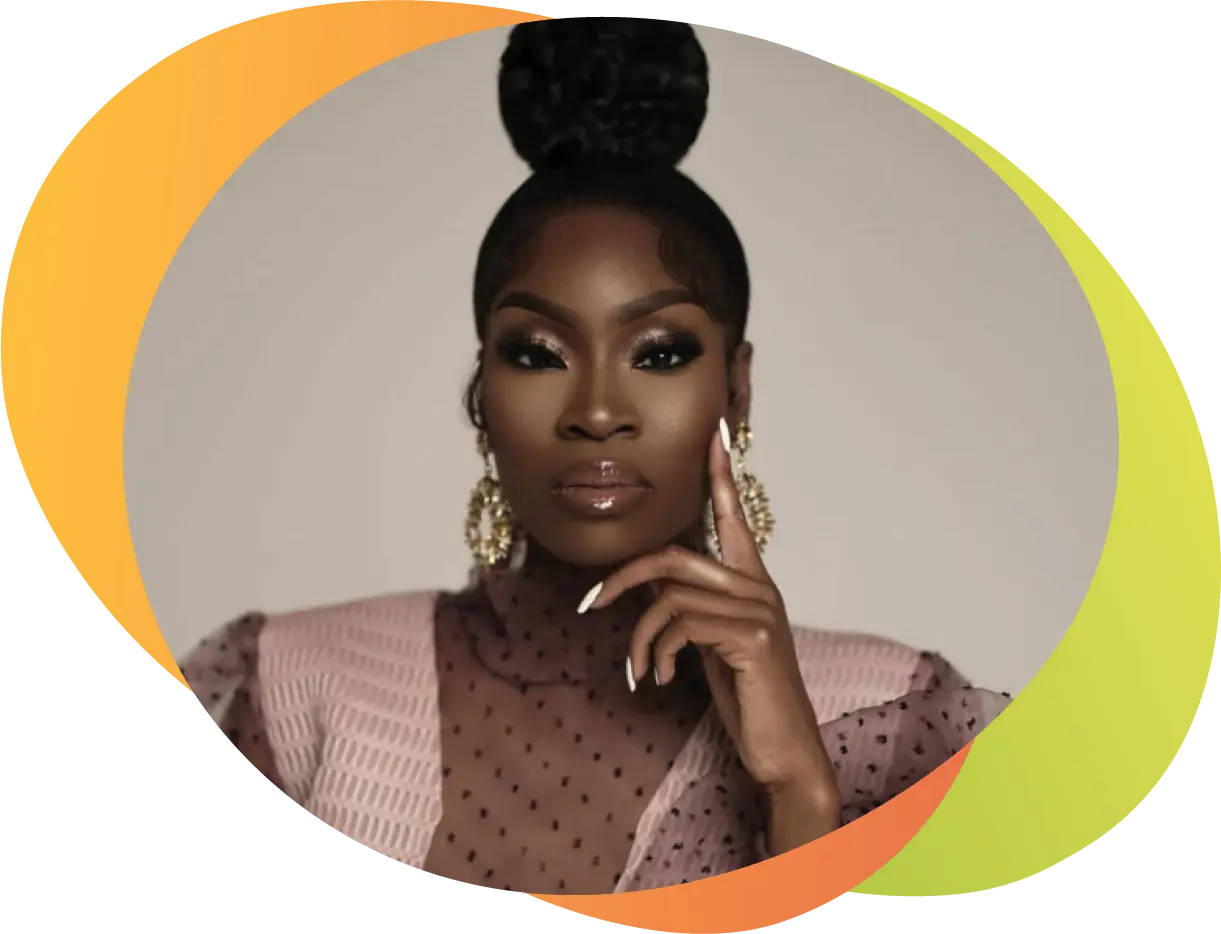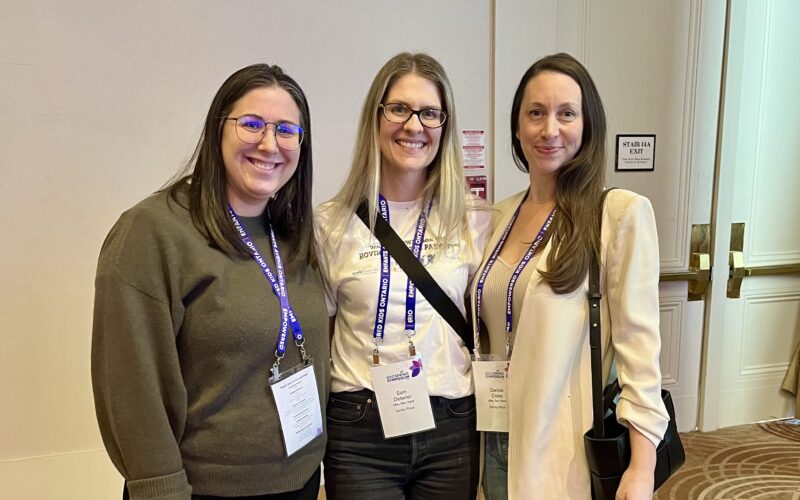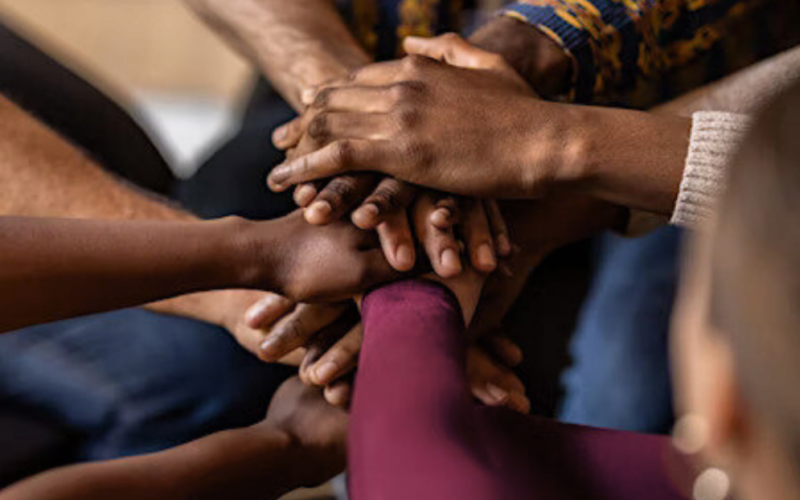FREE WEBINAR SERIES
Building Inclusive Health: Empowering Our Communities
Wednesday, August 28, 2024
12 – 1 p.m.

Are you a medical/social services organization or professional ready to address barriers for communities that may not be aware (or have access to) your services? Do you want to help foster safe spaces and a sense of community that is inclusive to new families that may be learning to trust or understand your services? Or perhaps you want to advocate within your field or workplace to empower more thoughtful, inclusive leadership? Join us for an enlightening session with Ovie Onagbeboma, a distinguished leader in the healthcare sector. As the Founder and CEO of the Canadian Black Nurses Alliance and a key advisor on national healthcare initiatives, Ovie will share actionable strategies for creating supportive environments that celebrate diversity and drive positive change. This session will explore the power of purpose and community empowerment, inspiring participants to reflect on how these themes guide them toward their purpose.
Discover innovative leadership approaches that foster community empowerment and advance your personal and professional goals. Whether you’re a healthcare professional, educator or community advocate, this dynamic webinar is your opportunity to explore the power of purposeful leadership and shape a more inclusive and equitable future.
Presenter

Ovie Onagbeboma
Ovie Onagbeboma is nationally recognized as a business leader and the Founder and Chief Executive Officer of the Canadian Black Nurses Alliance (CBNA). Lean Six Sigma belt -certified clinical nurse manager, and a consultant and Research Associate at the Diversity Institute at Toronto Metropolitan University (formerly Ryerson University). Ovie plays a pivotal role as an advisor to the Chief Nursing Officer of Canada on nursing retention and her collaborative effort with Health Canada in codevelopment of the National Nursing Retention ToolKit underscores her dedication to addressing crucial challenges in the industry. As a national leader who identified a problem in healthcare delivery and in response acted to address this problem. Under Ovie’s leadership the CBNA has evolved into a transformative national organization, profoundly impacting numerous Black nurses, nurses, nursing students and critical allies. The CBNA has expanded its reach, establishing chapters in multiple provinces and attracting both students and practicing members. Today, it stands as the preeminent advocate, amplifying the voices of Black Nurses throughout the nation. Ovie’s impact extends to driving change as a co-author in nursing curriculum revision with an Ontario nursing school, specializing in Online Educational Resources (OERs) for nursing students. She is poised for other nursing schools to engage the CBNA for comprehensive curriculum change. Determined to shatter the glass ceiling, Ovie is dedicated to inspiring the next generation, ensuring they become leaders in their community mission. Her commitment is a driving force for positive transformation in the healthcare landscape.


